Mining Applications of Grinding Balls
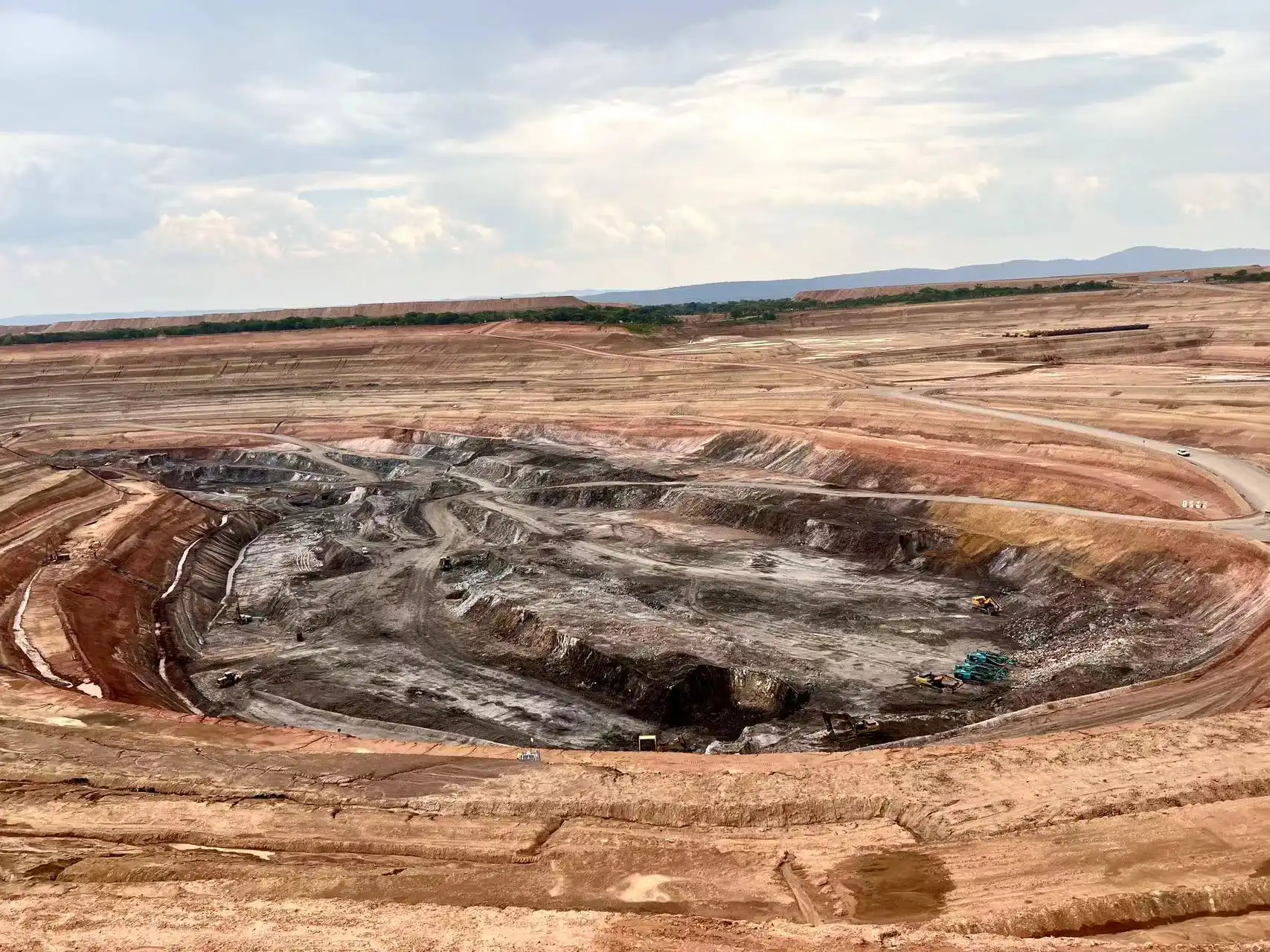
As a pivotal component within the realm of mining operations, grinding balls play a crucial role in the extraction and refinement of minerals. In this article, I delve into the multifaceted applications of grinding balls within the mining industry, exploring their significance, composition, efficiency factors, technological advancements, and broader implications on the environment and economy.
Sustainable Materials for Grinding Ball Production
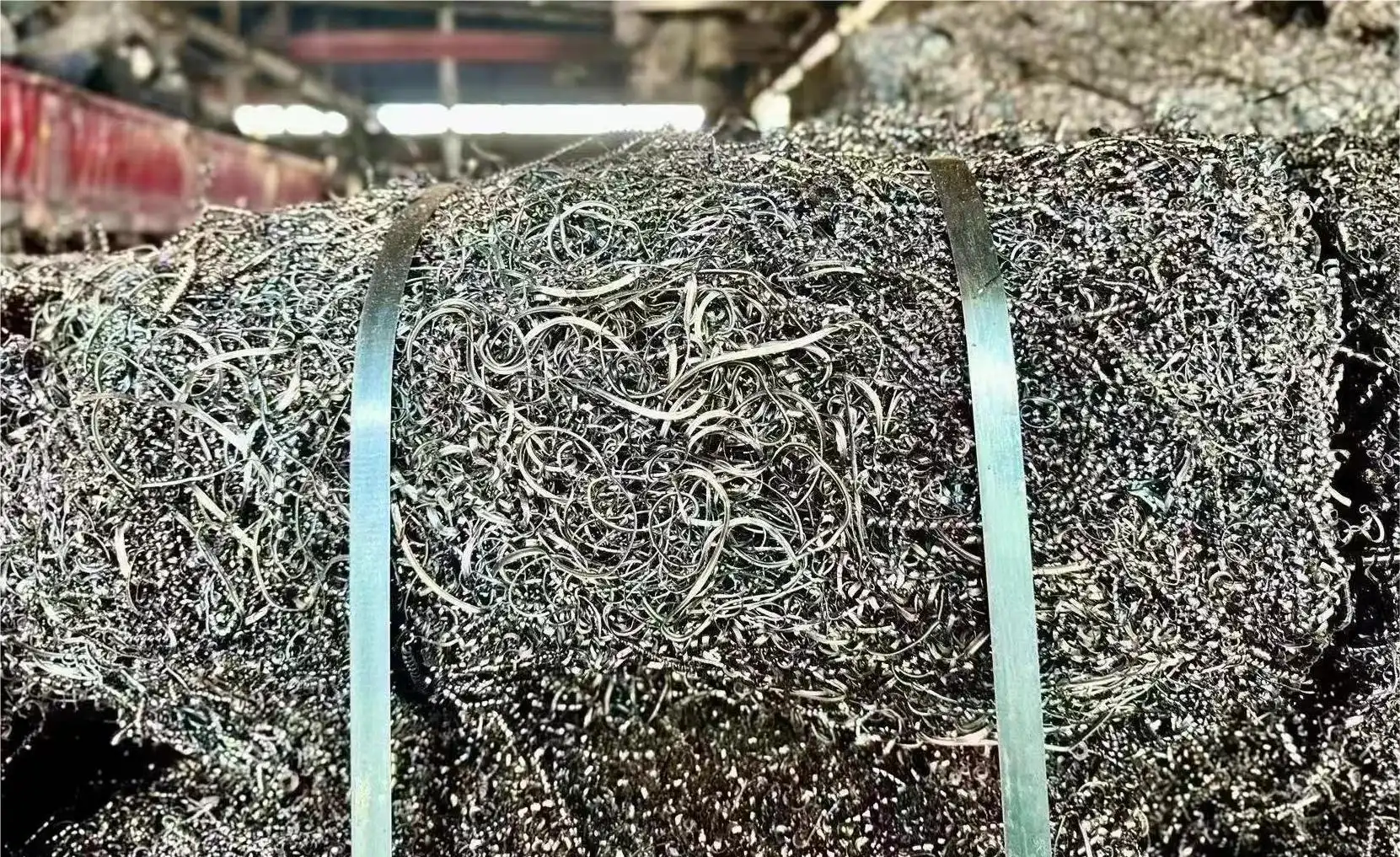
Grinding balls are essential components in various industries, particularly in the mining and cement sectors, where they are used to pulverize ores and materials. However, the traditional production methods for grinding balls often involve the use of non-renewable resources and generate significant environmental impacts. In response to growing concerns about sustainability, manufacturers are increasingly exploring alternative materials and production processes. In this article, we delve into the concept of sustainable grinding ball production, examining the materials, methods, and implications for the industry.
How Do Grinding Balls Work?
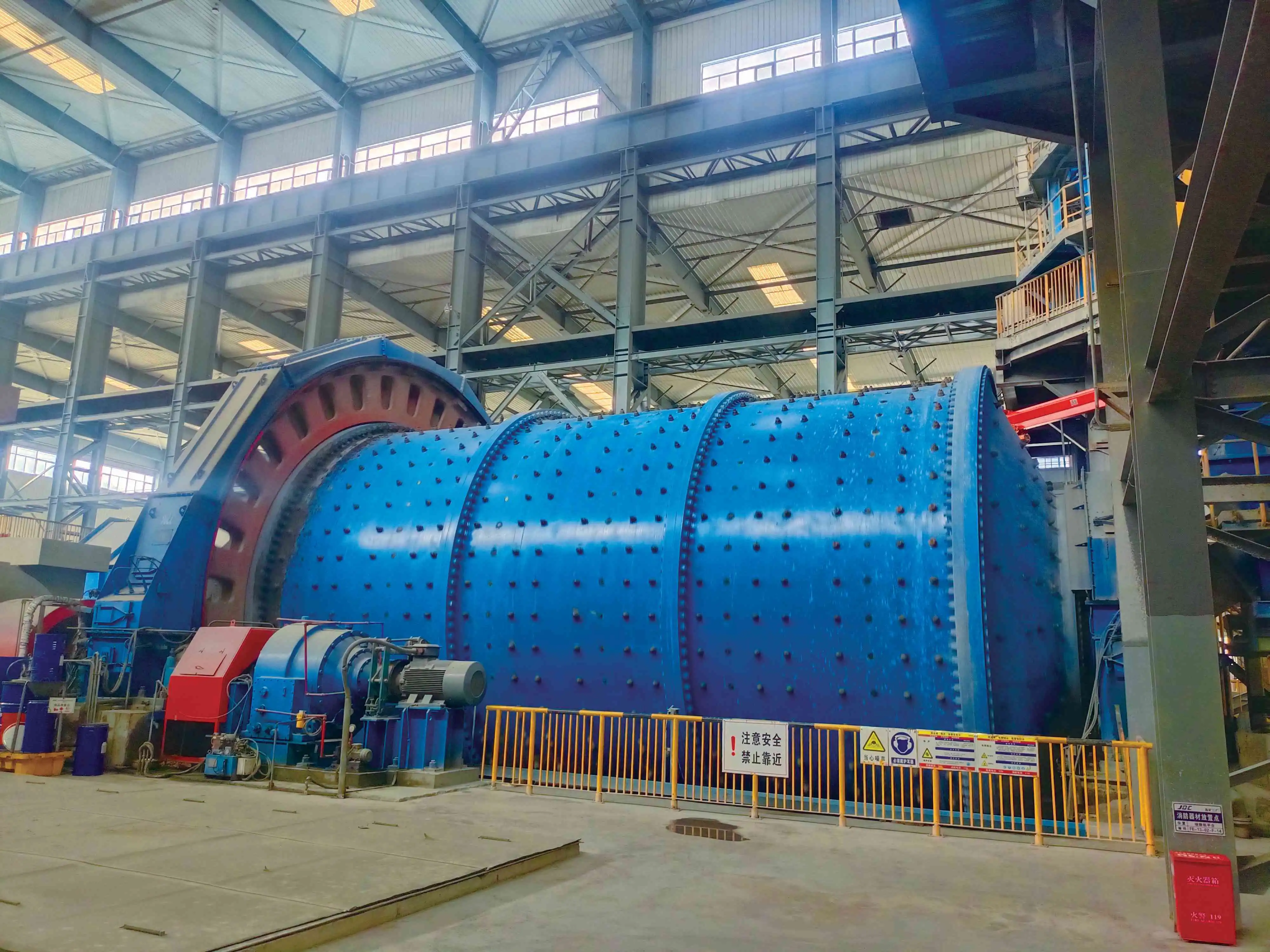
In a variety of mills, Grinding Ball are an essential component for pulverizing and reducing solid materials into fine powder. These balls are essential to the mining, cement, and other industries that require materials to be reduced in size for further processing or production. They can be used in ball mills, sag mills, or autogenous grinding (AG) mills.
Can you use grinding balls in a SAG mill?
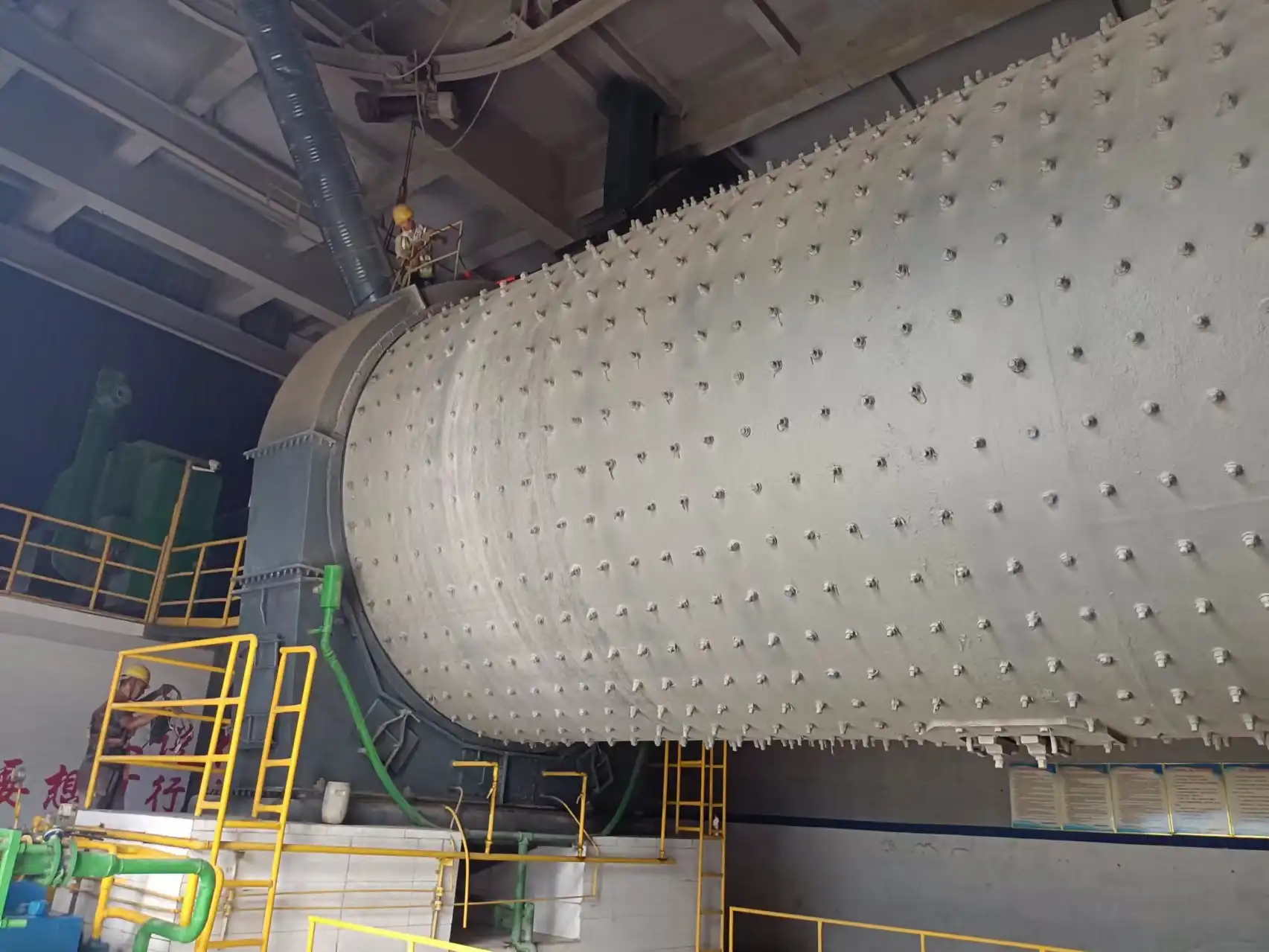
Grinding balls are essential components in the operation of SAG (Semi-Autogenous Grinding) mills, serving to crush ore and reduce it from large chunks into smaller pieces for further processing. SAG mills are primarily used at gold, copper, and platinum mines where they play a crucial role in the comminution of ores. Central to their operation are grinding balls, which are typically made of steel or other alloys and come in various sizes and compositions. These balls are loaded into the mill alongside the mined material to facilitate the grinding process. But can any grinding balls be used in a SAG mill? Let's delve into this question and explore the nuances of their application.
How to Clean and Maintain High Chrome Grinding Balls
.webp)
High chrome grinding balls are indispensable components in various industries, including cement production, mining, and power generation. These robust spheres play a crucial role in grinding and pulverizing materials, contributing significantly to the efficiency of industrial processes. To ensure optimal performance and longevity of it, proper cleaning and maintenance are paramount. This comprehensive guide will delve into the intricacies of caring for these essential industrial tools, providing valuable insights for professionals and enthusiasts alike.
Exploring the Environmental Impact of Casting Grinding Balls in Industrial Processes
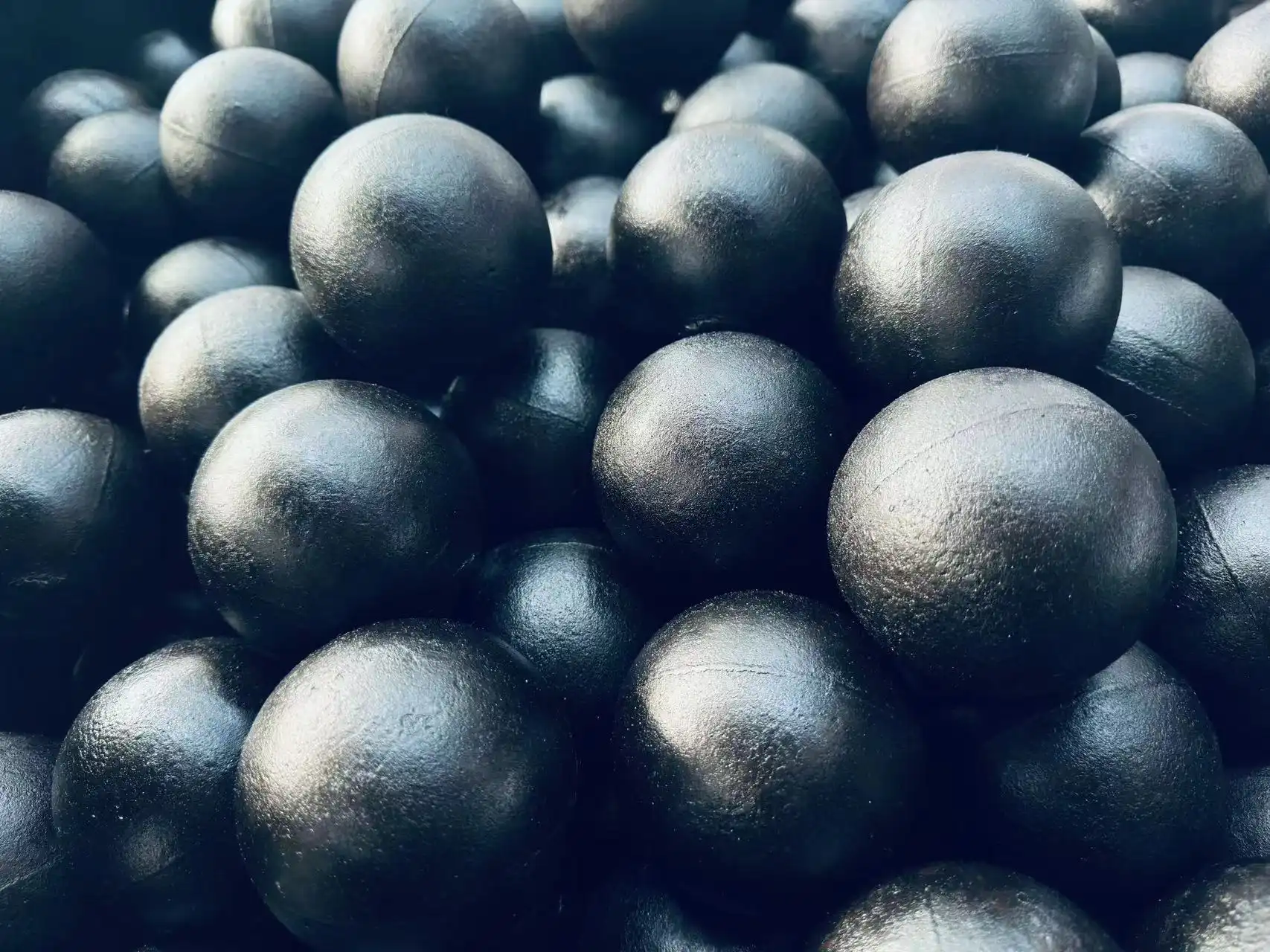
In the realm of industrial manufacturing, casting grinding balls play a pivotal role in various processes, particularly in the mining, cement, and power generation sectors. These spherical components, crafted from high-chrome or low-chrome materials, are essential for grinding and pulverizing raw materials. However, as industries worldwide shift towards more sustainable practices, it's crucial to examine the environmental implications of producing and utilizing casting grinding balls. This article delves into the ecological footprint of these industrial tools and explores potential avenues for minimizing their environmental impact.
How is the hardness of high chrome steel grinding media balls measured?
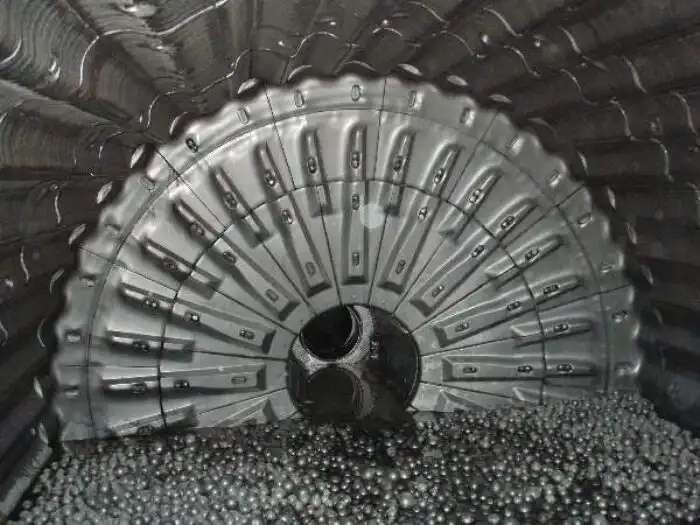
In the world of industrial grinding, the hardness of grinding media plays a crucial role in determining the efficiency and effectiveness of the grinding process. High chrome steel grinding media balls, known for their exceptional durability and wear resistance, are widely used across various industries. But have you ever wondered how the hardness of these robust spheres is measured? Let's delve into the intricacies of hardness measurement for high chrome steel grinding media balls and uncover the significance of this essential characteristic.
Grinding Media Steel Balls: Types and Applications
.webp)
In the world of industrial processing, grinding media steel balls play a crucial role in transforming raw materials into valuable resources. These small yet mighty components are the unsung heroes of various industries, from mining to cement production. Let's dive into the fascinating world of grinding media steel balls, exploring their types, applications, and the industries that rely on them.
Durability of high chrome grinding media balls
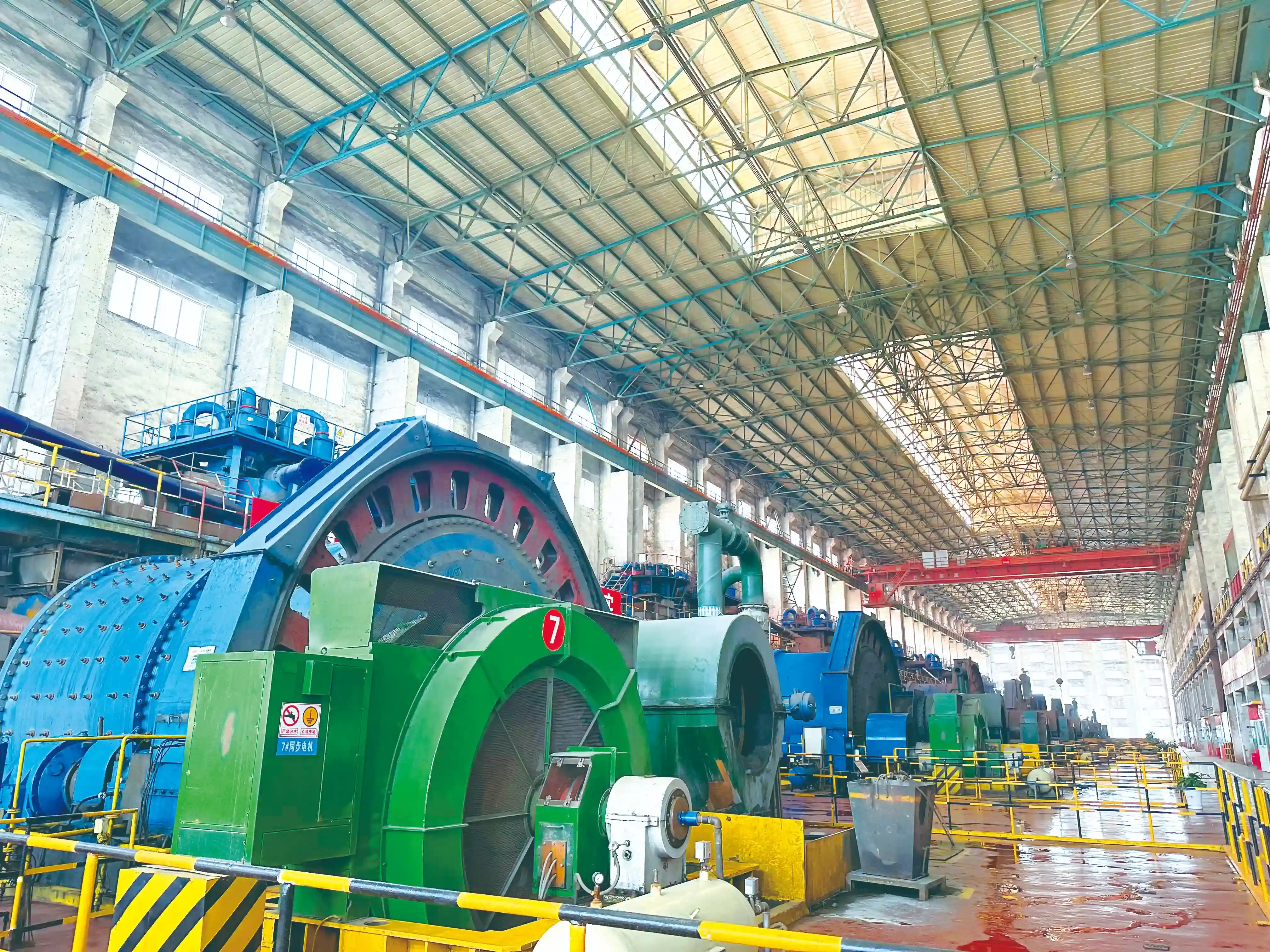
In the world of industrial grinding processes, the durability and efficiency of grinding media play a crucial role in determining overall productivity and cost-effectiveness. Among the various types of grinding media available, high chrome grinding media balls have gained significant popularity due to their exceptional wear resistance and long-lasting performance. This article delves into the durability of these remarkable grinding balls, exploring how they improve grinding efficiency, factors affecting their lifespan, and ways to maximize their performance.
How does grinding media surface roughness change over time?
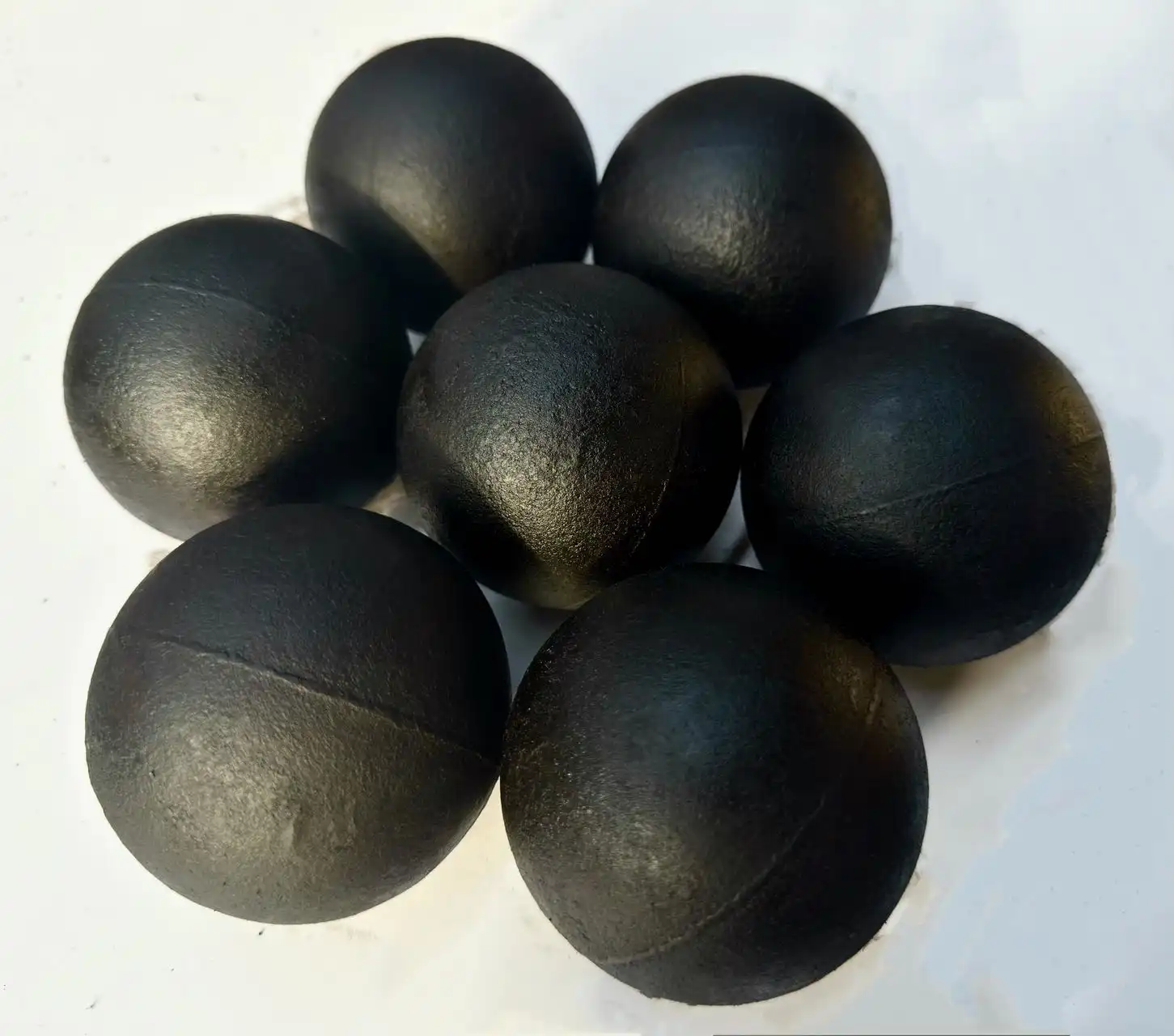
Grinding media, such as the high-quality ball mill grinding media produced by NINGHU, play a crucial role in various industrial processes. The effectiveness of these grinding balls depends largely on their surface characteristics, particularly roughness. As grinding media are subjected to continuous wear and tear during operation, their surface morphology evolves, affecting their performance and lifespan. In this comprehensive guide, we'll explore the fascinating world of grinding media surface roughness and its transformation over time.
Troubleshooting Common Issues with Cylpebs in Grinding Circuits
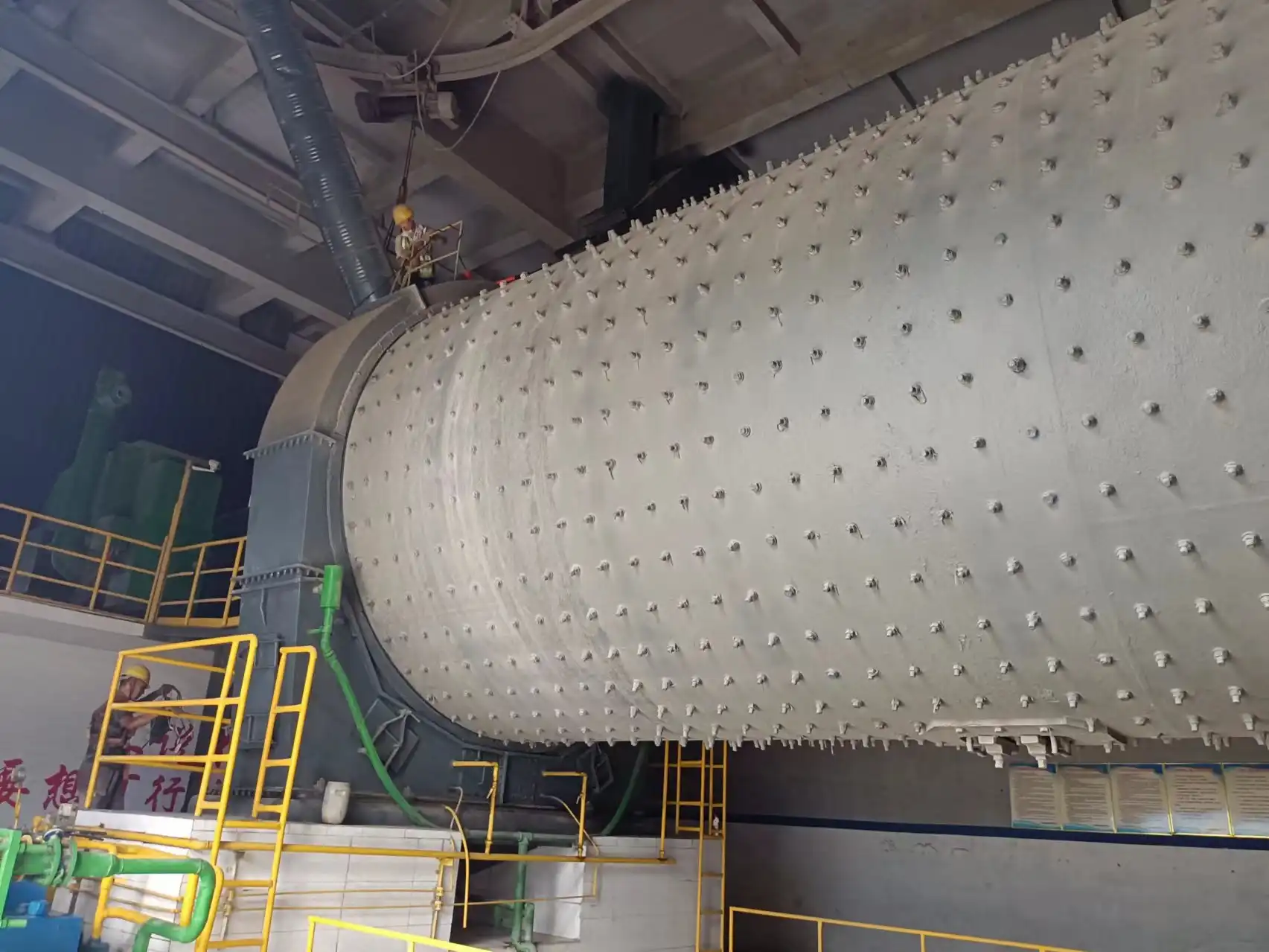
The efficiency and efficacy of cylpebs grinding media have contributed significantly to their growing popularity within the industrial grinding sphere, as industries continuously seek methods to improve output and reduce operational costs. However, much like any other type of industrial equipment, cylpebs are not completely free from challenges that may reduce their overall effectiveness. Common issues such as uneven wear, improper mill loading, suboptimal operating conditions, or poor material compatibility can hinder performance and ultimately impact the quality of the final product. Addressing these problems proactively is crucial for maximizing results. The purpose of this manual is to provide practical guidance on identifying and solving these typical challenges, ensuring that grinding circuits operate more smoothly and efficiently while maintaining the full advantages that cylpebs grinding media can deliver in diverse industrial applications.
How Cylpebs Reduce Energy Consumption in Grinding Mills
.webp)
When it comes to industrial grinding, saving energy and achieving maximum efficiency are always among the highest priorities for manufacturers and plant operators. Rising energy costs and increasing environmental concerns have driven the industry to explore innovative technologies that can deliver measurable improvements in performance while also reducing operational expenses. In this context, cylpebs grinding media have emerged as a true game-changer, offering a combination of superior grinding efficiency and reduced energy consumption compared to traditional grinding balls. Their unique cylindrical geometry provides a larger contact surface, enhancing particle breakage efficiency and ensuring more uniform size distribution. Beyond technical performance, cylpebs are also considered an eco-friendly and economical substitute for conventional media, helping mills lower carbon footprints and extend equipment lifespan. This article explores their role in modern grinding operations, emphasizing their contribution to sustainable and cost-effective energy reduction strategies.









